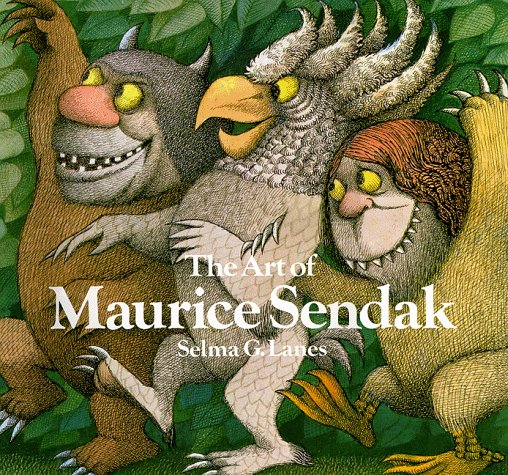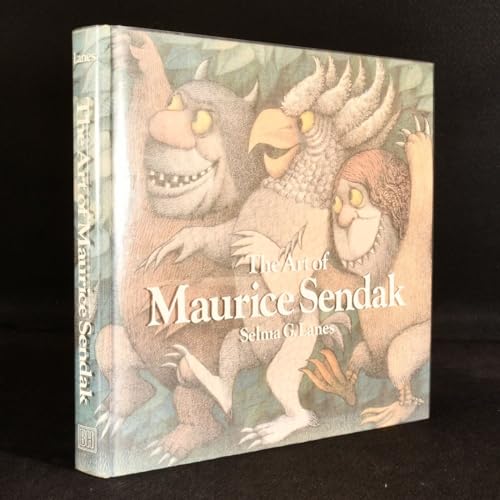
His drawings were inspired by Winsor McCay who did the comic strip “Little Nemo” and Walt Disney's Mickey Mouse cartoons.

In 1970, he published his second book called “In the Night Kitchen” that was in simple comic book form. It worked and the book is a fabulous and humorous childhood classic. In the writing “Where the Wild Things Are” Sendak realized he had to write in a rhythmic pattern to interest the child.

Sendack grew up in Brooklyn, New York in the 1930's and decided to become an illustrator after seeing a Walt Disney film as age twelve. Bad teeth, bloodshot eyes and huge noses who grabbed you by the cheek. So he decided to go back to the monsters in his childhood and realized they were all his Jewish uncles and aunts. In the beginning, it was going to be called “Where the Wild horses Are” but Sendak discovered he couldn't draw horses. “Where the Wild Things Are” was the late illustrator Maurice Sendak's first picture book in full color. But I knew I mustn't let adults know I knew. Selma Lanes' book is a reminder of what we have lost and also a touchstone that preserves Sendak's genius.“I remember my own childhood vividly.I knew terrible things. We are fortunate that Maurice Sendak's love for beauty and the mystery of existence forged a unique vision that led to his magical books and images. Sendak took the deep mysteries of life head-on and allowed us all to journey to where the wild things are. The finished paintings on paper reflect what Dave Eggers described in a Vanity Fair article on Sendak as the "unhinged and chiaroscuro subconscious of a child." Sendak's books and images appealed to readers of all ages. This massive book is a treasure-house for the imagination. The "Art of Maurice Sendak" by Selma Lanes gathers images of many of Sendak's cherished works into one volume. Sendak's beautifully crafted artworks for his books began with simple pencil sketches that were then enlarged and fleshed out with pen and ink which was then layered with glowing watercolor washes. His vision included the visible nature of our existence and the invisible, but no less real, world of dreams. Sendak looked deeply at the world around him. Maurice Sendak was an artist in love with the world and with things that go bump in the night. From a letter sent by an eight year old reader to Maurice Sendak


Sendak, How much does it cost to get to where the wild things are? If it is not expensive, my sister and I would like to spend the summer there."


 0 kommentar(er)
0 kommentar(er)
